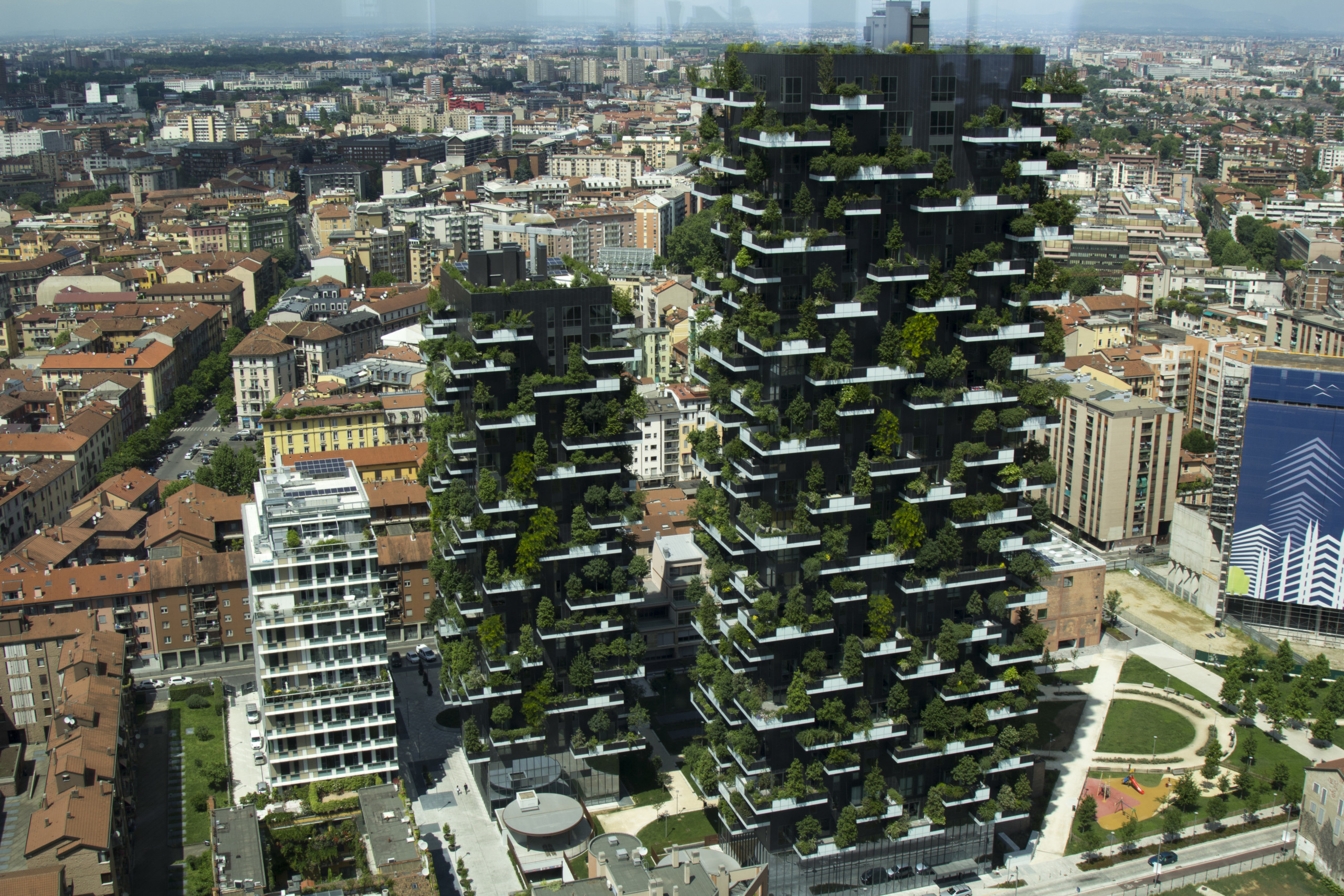
As cities sprawl over the globe, we need fresh solutions for the good of nature and humans alike.
The BBC’s recent blockbuster nature series Planet Earth II took us yet deeper into some of the wildest spots on the globe and gave us some truly astonishing close-up views of animals in their natural habitat.
However, in the final episode, we also got to see how nature is adjusting to the ever-growing urban environment, an accelerating and threatening influence on the natural world.
According to the BBC, the urban environment is set to grow by nearly 30 per cent over the next decade, making it the fastest-growing habitat on our planet.
While the programme showed us how some resourceful species, such as hyenas and langur monkeys, have found a way not only to survive, but to thrive in cities, we know that overall, urban sprawl is a huge and ever-growing threat to the natural world.
Which begs the question: what can we do to try to protect nature from the worst effects of urbanisation?
Oases in the concrete
There’s no getting away from the fact that the determined creep of concrete spells disastrous news for nature, but the final episode of Planet Earth II also left us with some inspiration for how we could create more nature-sensitive cities in the future, and unsurprisingly, plants had a starring role.
Landscapers and interior landscapers alike have long been reintroducing nature to cities through office plants and outdoor planters, and research shows that creating these seemingly small pockets of nature can markedly improve air quality and wellbeing for humans.
However, as urbanisation continues apace, it’s perhaps time to think bigger and bolder and return some natural jungle to the urban jungle.
In Singapore, a ground-breaking and breath-taking (well, actually, breath-giving) botanical garden has been built over 100 acres of reclaimed land, features an array of planting from various climates, bio domes and, most famously, 18 towering tree-shaped structures, dense with numerous plant species and supporting solar panels to provide energy to the city. Gardens By The Bay provides shade, reflects sunlight, releases water back into the atmosphere through evaporation and creates new habitats for wildlife.
On top of all this, the park is open to Singapore’s residents giving them a chance to reconnect with nature: something which restores our energy levels, happiness, productivity and general wellbeing, not to mention reminding us of the importance of the natural world.
This project nods to the living walls we see on and in many commercial buildings these days, but takes the idea further and explores what is possible with tropical planting schemes if you get creative and put the good of the natural world to the fore.
Vertical forests
A flagship project in Milan which looks set to be emulated in other cities is the Bosco Verticale, or Vertical Forest, a pair of high-rise apartment blocks wrapped in trees and plants, which sprout from every balcony, and any other available outside space along the length of the buildings. In total, some 900 trees and over 20,000 plants are dotted around the exterior of the two buildings.
The architects behind the project, Stefano Boeri Architetti, have bold aims for the effect of the building on its urban surroundings.
Firstly, they say, the Bosco Verticale will help to create an ‘urban ecosystem’, by encouraging wildlife to make their homes in the many plants and trees which embrace the building. The architects hope that more vertical forests will be built in Milan, providing a green corridor through the city for birds and insects to use as they pass through the city.
The trees and plants will also absorb dust and CO2, from the air and create more humidity, all good news for the residents’ health. They will also benefit from shade from the sun and cushioning from the noise from the city below.
Could this be the natural evolution from house plants and office plants? With the right expertise and irrigation, these buildings could solve multiple issues affecting our increasingly urbanised landscapes.
We know that even the humble pot plant works hard for us, cleaning our indoor air of toxins, dust and CO2, not to mention making us less stressed and more productive. So imagine what 7000m2 of forest (the area the tree and plants on the Bosco Verticale would cover on flat land) can do?
As interior and exterior landscapers, we will certainly be watching these innovative developments with interest.
For more information on the Gardens by the Bay, click here.
To find out more about the Bosco Verticale, click here.
We have a range of information on the many health benefits of plants on our website.

